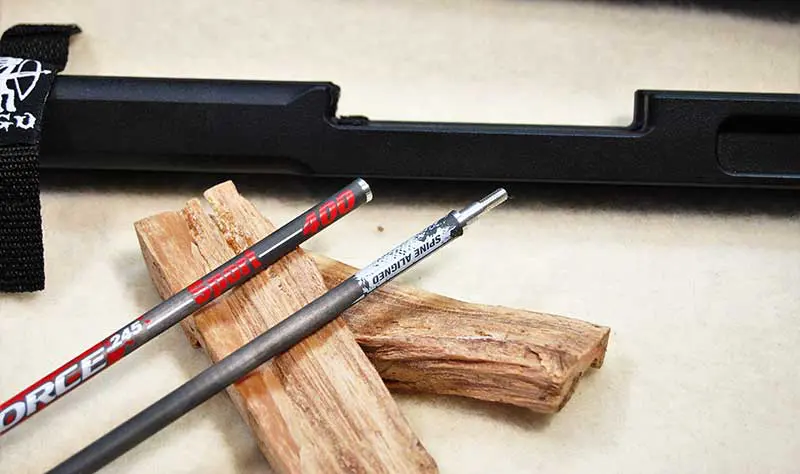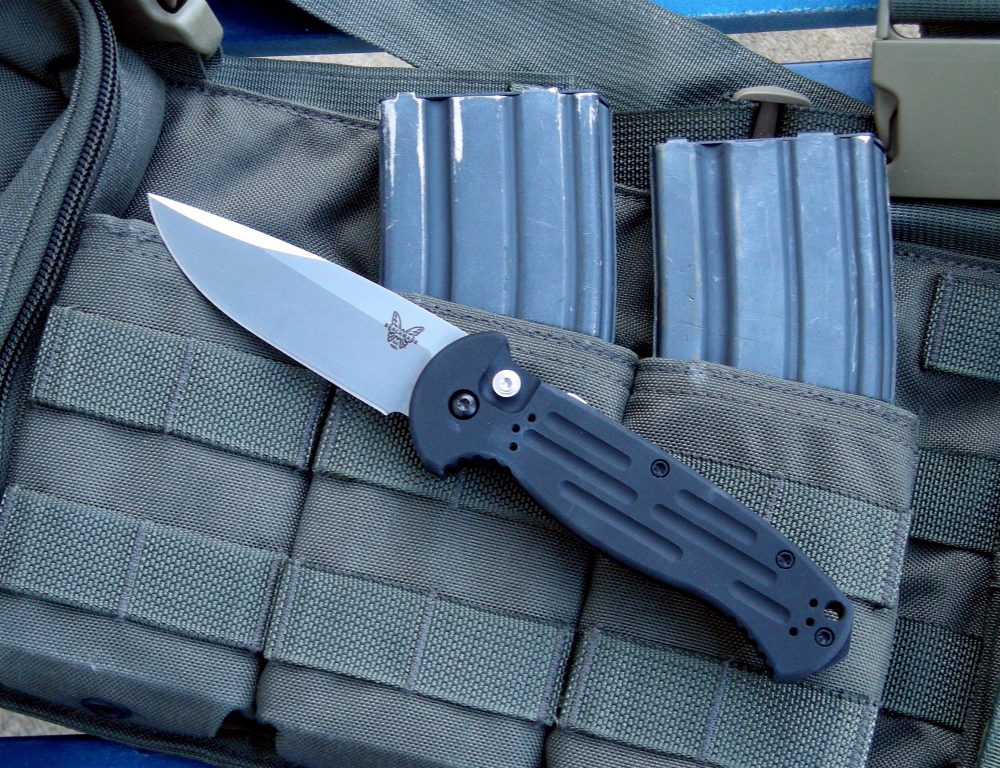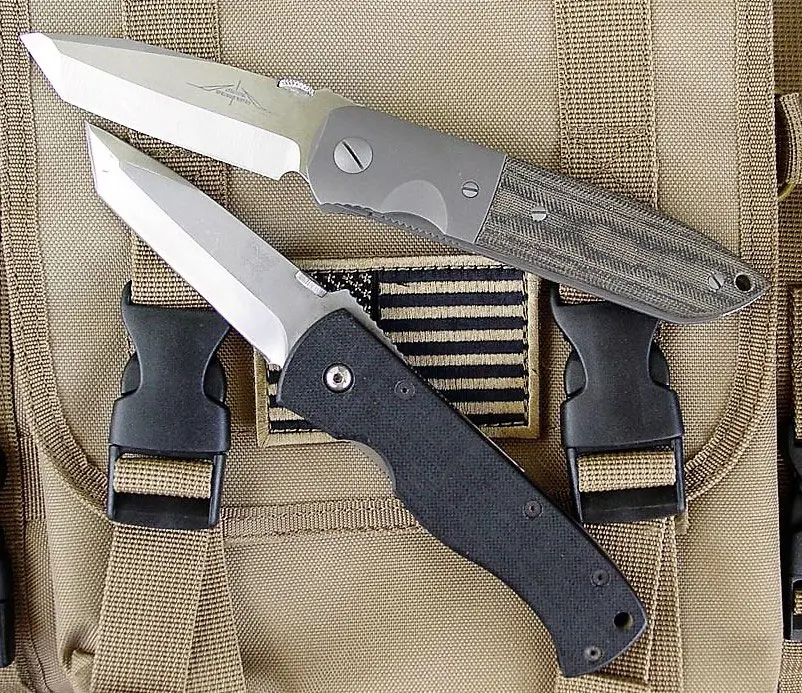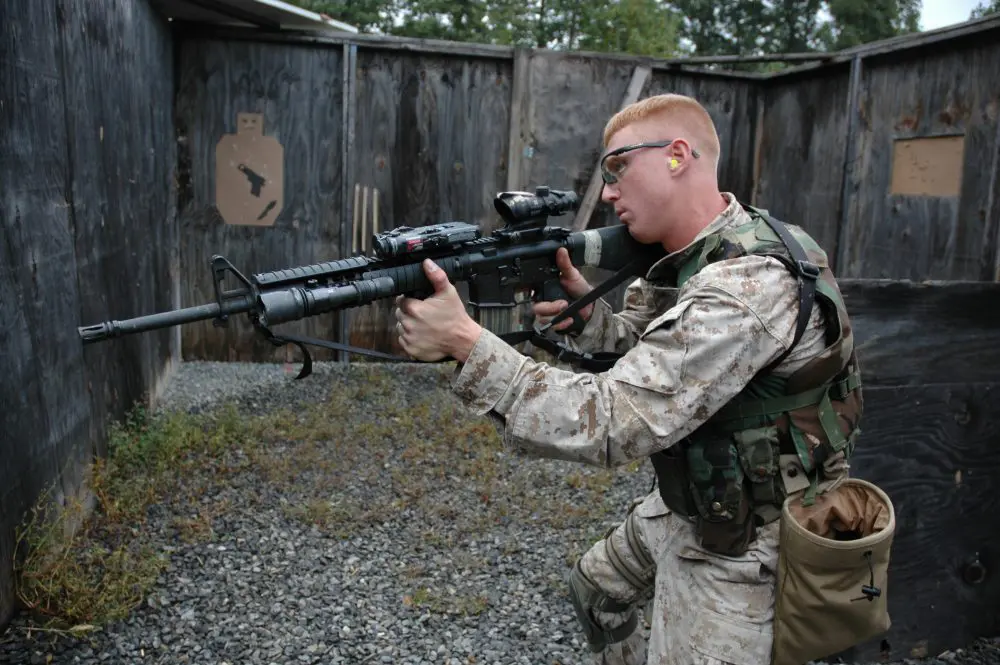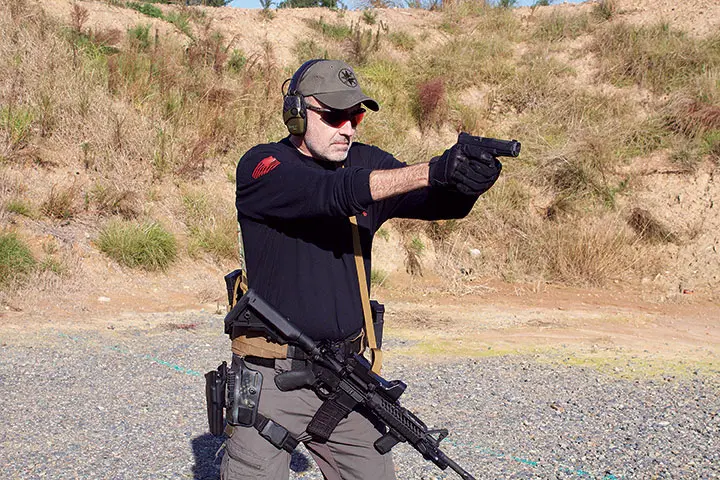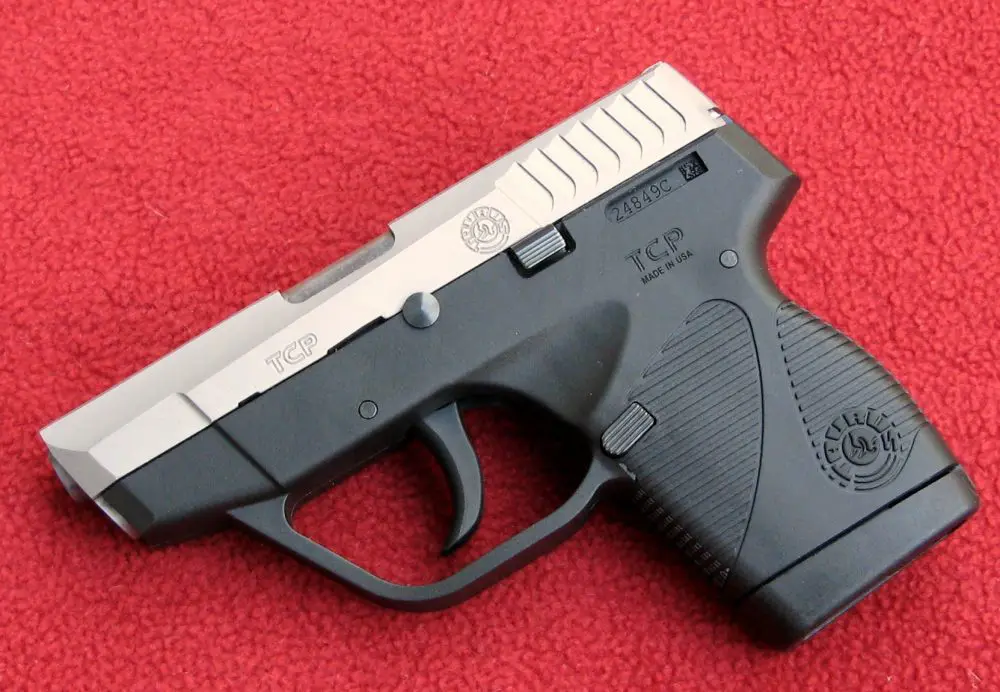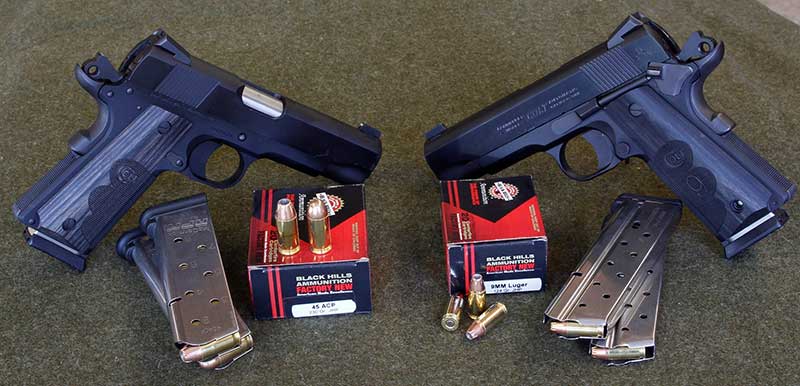
My father was a 30-year soldier, most of it serving as a paratrooper. He jumped at Normandy and Arnhem, fought at the Battle of the Bulge, earned a Distinguished Service Cross on a hill in Korea, and was an advisor in Vietnam in 1962. He earned eight Purple Hearts, a couple of Silver Stars, and a box full of other “stuff.”
Although technically disabled, he stayed in until 1967 so he could get his second star on his C.I.B. and his eighth heart, since Vietnam wasn’t a “war” in 1962. He retired as a Command Sergeant Major.
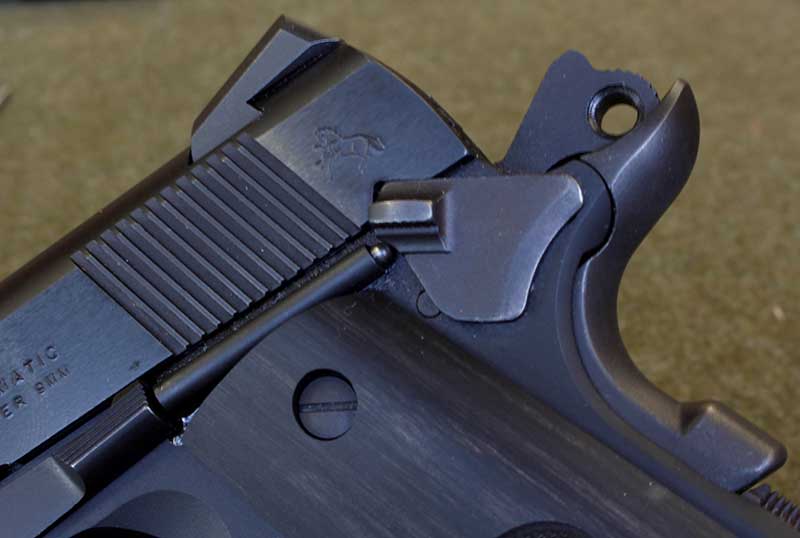
Dad started me shooting at age four, graduating from a Colt Service Ace to a 1911 in .45 ACP at about nine or 10. Dad carried a Thompson SMG and a 1911 in all three wars, and faithfully carried a .45 until he died. As he put it, “A .45 will always put ‘em down.” Who was I to argue?
I enlisted in 1970, against his wishes. A few months later, Dad arranged for a new, commercial Colt Commander to be delivered to me. Over the years, I replaced a barrel or two, added Novak sights, a better thumb and grip safety, and a couple other things.
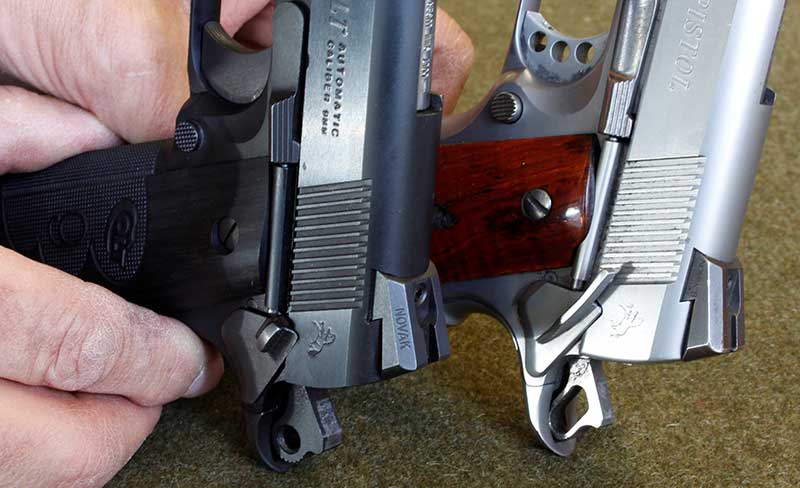
I owe my life to that gun and carried it almost daily, until 24 April 2016, when my suitcase containing that pistol and a Browning .22 was stolen from a flight.
I spent the next year searching for a replacement. I wanted a steel-frame Series 70 Colt Commander that I could set up like the old one. Used Commanders run over $1,000 these days, but I bit the bullet and bought a clean electroless nickel gun at a gun show.
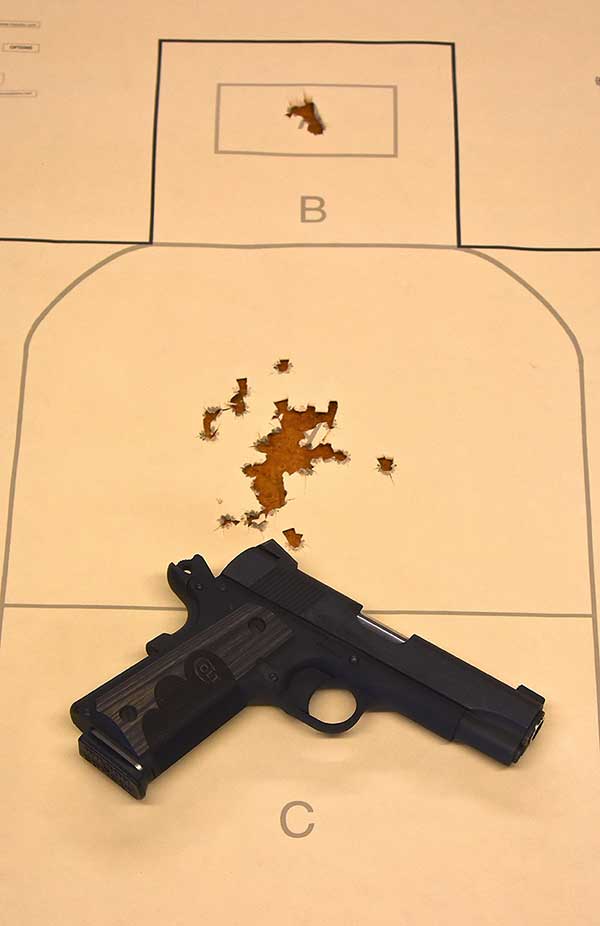
Long discussions with custom pistolsmiths indicated that another $1,000-1,500 would depart my gun fund to get what I wanted. Destiny intervened at the 2017 SHOT Show, when I ran into the legendary Wiley Clapp at the Colt booth.
I’d met Wiley at Gunsite years ago. Wiley has been testing, shooting, and writing since before I was in high school. Wiley had convinced Colt that they needed to build a signature line of guns to his specifications. The guns are nothing fancy, just blue finishes, good sights, the Series 70 trigger system, and not much else.
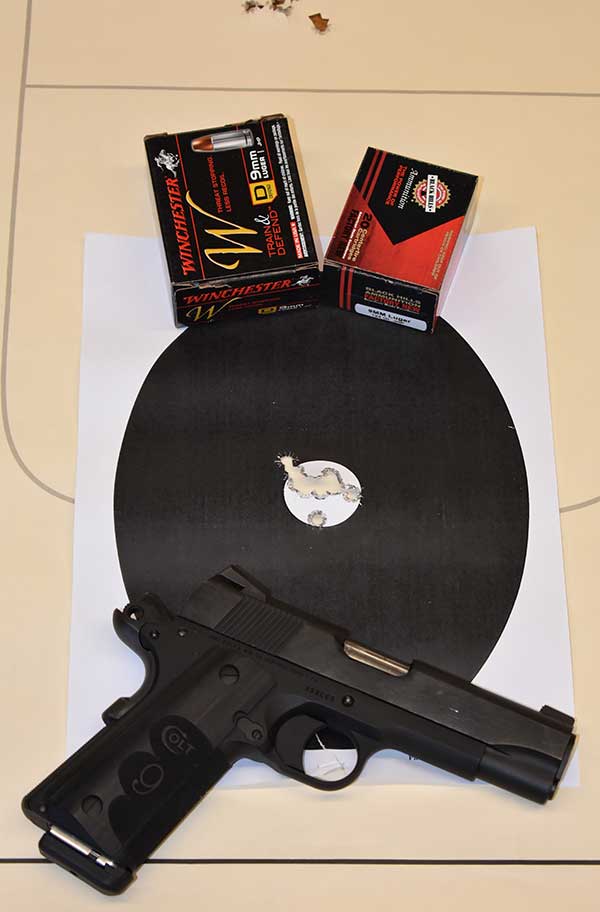
With a little whining and cajoling, Devin Green at Colt was able to send me both a .45 and a 9mm. I got the 9mm first and went to work.
Now, I’m a .45 guy, but I do a fair amount of training military personnel. I took a .45 to Range One at Quantico a few years ago, training the USMC Weapons Training Battalion guys. It almost took an Act of Congress to get some .45 ball, which they brought out on Wednesday. The catch was that I had to shoot it all, 1,000 rounds, before the end of class on Friday.
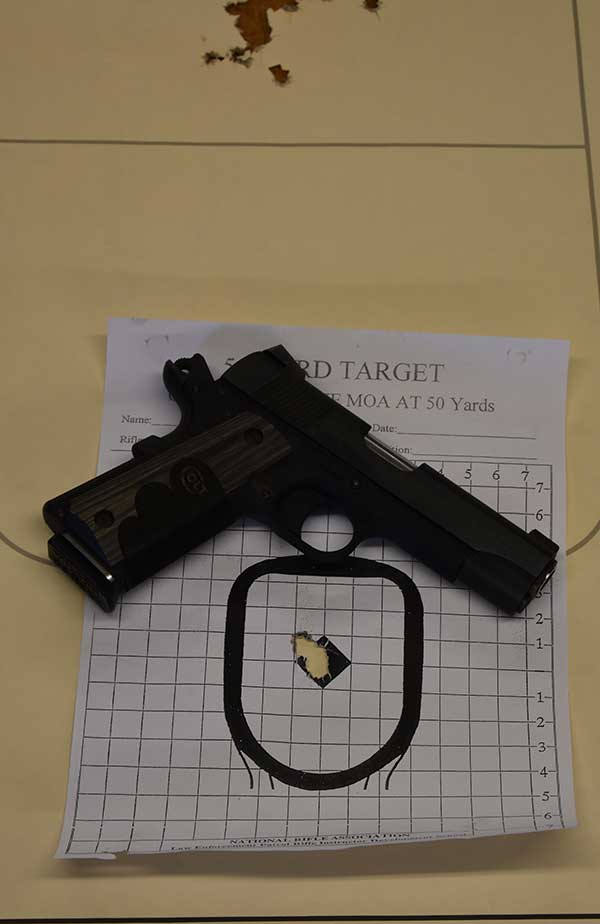
I ran into the same problem this March, training Navy Seabees at Point Mugu, California. I’m a little slow sometimes, but it made sense to take a 9mm to a class where there was a lot of free 9mm ammo.
9MM HIGHS AND LOWS
But back to the first of the two Commanders Devin Green at Colt sent me. The 9mm came out of the box with a deep blue matte finish and slim walnut stock panels that are nicely checkered, with a custom logo for that model. The front strap of the frame is also checkered.
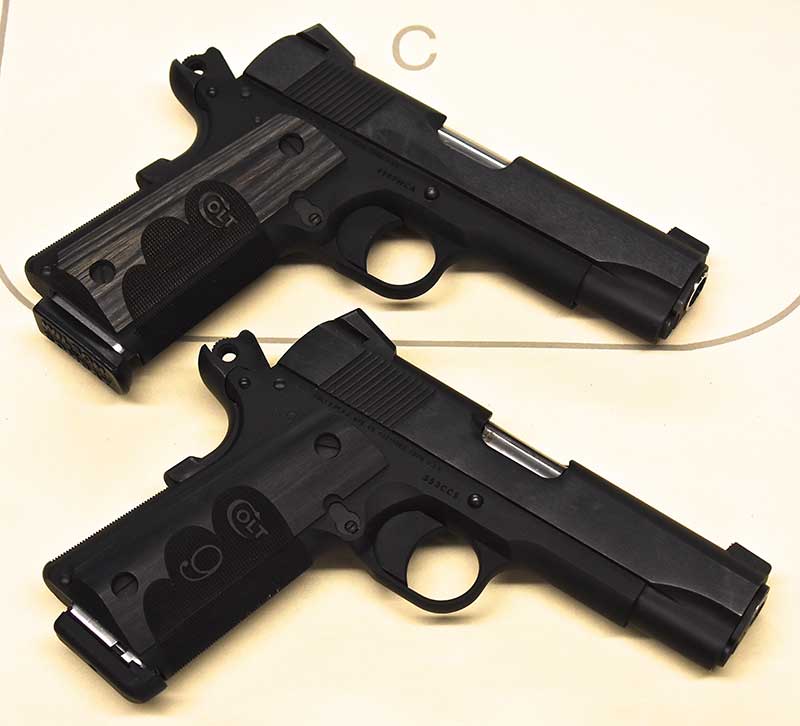
The sights are Novak LoMount, with a McGivern front gold bead. Ed McGivern (Fast and Fancy Revolver Shooting) liked the bead, an early variation of night sights, since he could pick up the bead in low light.
The pistol has an upswept beaver tail and Commander hammer. Oddly, it has a very standard, original 1911-style thumb safety, complete with cross-hatched serrations. I prefer the now-common slightly extended thumb safety, but a call to Brownells got me two Ed Brown safeties.
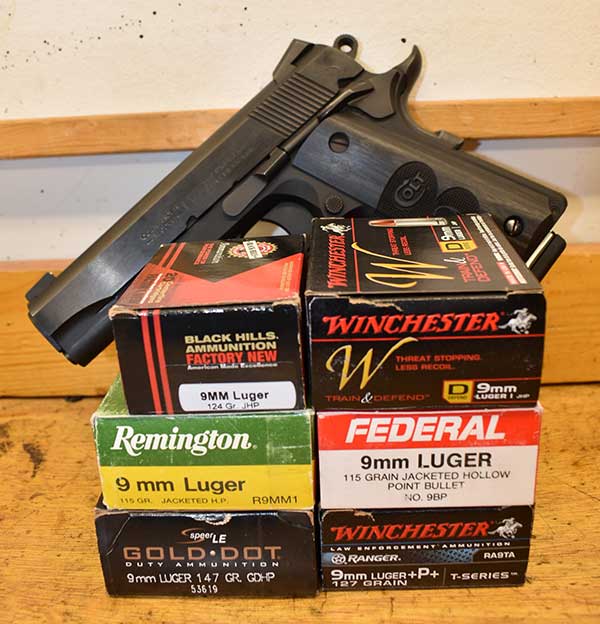
After disassembly and cleaning, I tried the trigger—clean, crisp, light, and smooth, right out of the box. My trigger pull gauge showed a break weight of 3.75 pounds, which is about perfect.
When range time came, I dragged out lots of FMJ ammo. I have ball from eight or nine manufacturers, plus a bunch of reloads, so I shot 50 rounds of each. Not surprisingly, the Colt ate every round without a burp. Behind my shop is a hill with lots of fist- to softball-size rocks—all were in danger of being reduced to gravel.
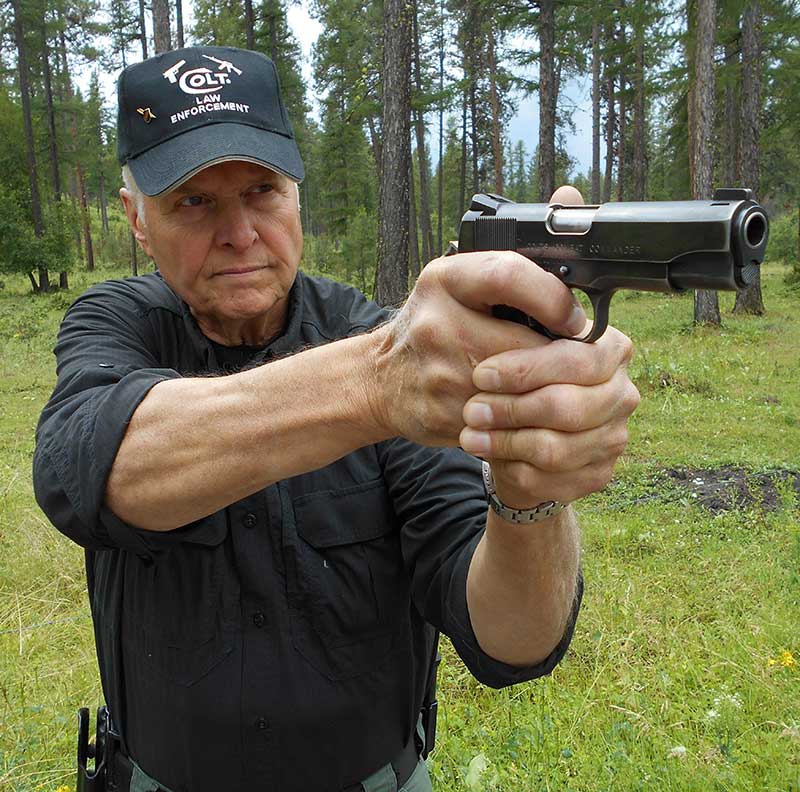
I threw out some cans, pine cones, anything I could shoot. I had a ball and ended up shooting 450 rounds without a stoppage. I left the gun dirty and put it in the safe.
The next range day was a reliability and accuracy day. I had 124- and 147-grain JHP loads from Remington, Federal, Winchester, Speer, and Black Hills. I’m no ballistics expert, but the 9mm velocities should allow a hollow-point bullet to expand well, so JHP would be the carry load of choice.
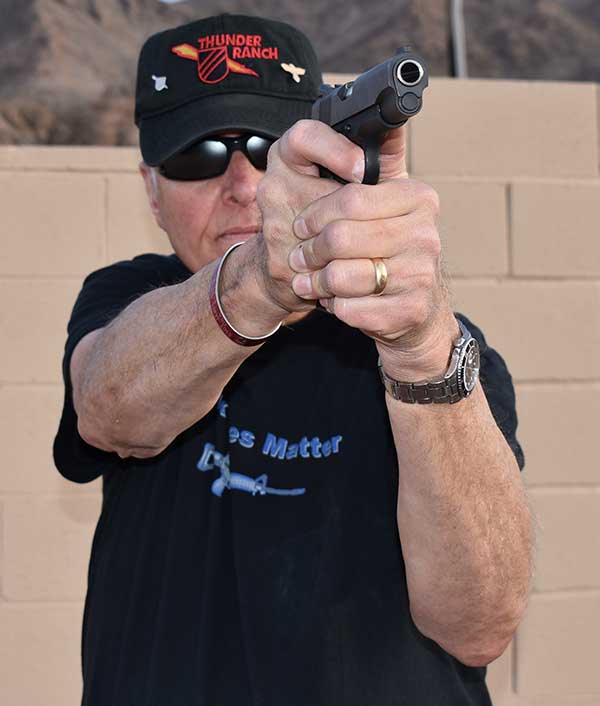
I shot 50 rounds of each JHP load I had on hand, and had about one failure to feed per magazine. I’m more concerned with reliability than absolute accuracy on a defensive pistol, so I wasn’t happy.
In addition, the gold bead fell out somewhere along the line. While waiting for a replacement sight, I left the pistol with my local gunsmith to take a look at the possible reason for the malfunctions.
Stan looked it over and explained that the 1911 was designed to shoot military ball ammunition, not hollow-points. He polished the feed ramp and opened the chamfer on the barrel. The stock barrel cut is narrow, so a JHP can hang up. The modification has to be cut at the exact angle of the standard feed ramp—no problem for a good 1911 mechanic. He ran 10 rounds of five different JHP loads without a stoppage.
I’d provided the two Colt magazines that came with the gun, plus McCormick and Wilson magazines. I took the gun home to work it harder.
It was 30 December 2017 when I went out to shoot, right at 31 degrees. I shot the same JHP loads as I had earlier. I was pleased that the surgery had fixed the problem—no malfunctions.
But I wasn’t thrilled with the accuracy. Regardless of the load, I was getting about two-inch groups at seven yards. I finally used a couple of Chris Cerino targets I like, shooting one 10-round magazine of both Black Hills and Winchester PDX. The Black Hills was a little better, with a group of about 1.5 inches.
This 9mm Colt Commander isn’t designed to be a target pistol, and that’s decent combat accuracy, but I’d hoped it would shoot a little better.
.45 TIME!
The .45 Commander arrived and I got to work. After cleaning and lubing it, I started running ball, the same as with the 9mm. After 450 rounds through Colt, McCormick, and Wilson mags, there was not one stoppage regardless of make and whether new manufacture or reloads.
The .45 is set up just like the 9mm—same sights, same trigger, same stock panels. Although the stock panels look good, they are thinner than I usually use. I’ll shoot it awhile but may change the screw escutcheons and stocks for a slightly thicker grip.
Like the 9mm, the .45 has an alloy frame, which shaves off four ounces of carry weight. The flip side is that there is a little more muzzle flip than a steel-frame pistol, but it’s still very controllable.
Popular belief is that the lightweight Commander is for carrying, not heavy shooting, and that the frame won’t stand up to heavy use. But I’ve never met a shooter who has worn one out. I’ll err on the side of caution, though, and shoot it a little less than I do the full-size steel-frame Government models I usually teach with.
Unlike the 9mm, I was really happy with the accuracy of the .45. I fired nine rounds of Black Hills 230-grain ball at seven yards through one hole. I then shot my standard test course: 48 rounds, from two to 25 yards. The four head shots touched, and there weren’t too many flyers from my center group.
Out of curiosity, I then hung up an NRA B-8 bullseye target and tried the five-yard, 10-shot drill that Justin Dyal described in a recent issue (FIVE-YARD ROUNDUP: Timed Close-Up Shooting Drill, February 2018 S.W.A.T.). The first eight rounds were in time and were 10s, the two support-hand-only shots were nines, and the second was overtime. I have lots of work to do, but that drill makes sense to me and is practical, fast, and simple.
Just to be thorough, I loaded two McCormick RPM mags with 230-grain JHP loads, one with Black Hills 230-grain JHP, and one with Winchester PDX1. I used the same bullseye target and shot fairly rapid strings, trying to determine if the .45 would function with hollow-points. The ammo comes in 20-round boxes, so I finished both boxes—not one malfunction.
SUMMARY
The Wiley Clapp .45 ACP Commander has replaced my old, trusted gun. Like its predecessor, the new gun is accurate and reliable. It’s easy to carry and, as I write this, the new gun sits comfortably behind my right hip in a Blade-Tech IWB holster. A spare mag and SureFire light rest on the other side, which will allow me to fight to a rifle if Canada invades tonight….
One failure of Old Guys is that when we find something that works, we don’t abandon it. Lots of newer designs, different calibers, and bells and whistles would probably serve me just as well. I could buy a new “X” and not have to tweak it, saving me time and money.
Regardless, I’ll stick with a platform that is tried, tested, and trusted by me and lots of other Old Guys. Should I ever have to face the elephant again, I know that The Replacement won’t fail me.
So, if you’re a 1911 guy; if you like the Series 70 trigger; if you prefer the .45 ACP; if you want a lighter, slightly more compact carry gun; if you like accuracy; and if you really like all of the above plus 100% reliability, buy the Colt Wiley Clapp Lightweight Commander. You’ll be happy you did.
Jeff Hall is an Army veteran, retired Alaska State Trooper lieutenant, and is an NRA staff instructor. He also teaches for several state POST agencies. He is a martial-arts grandmaster and founder of Hojutsu-Ryu, the martial art of shooting. He can be reached at [email protected].
SOURCES
COLT’S MANUFACTURING COMPANY LLC
(800) 962-2658
www.coltsmfg.com
BLACK HILLS AMMUNITION
(605) 348-5150
www.black-hills.com
CHIP MCCORMICK CUSTOM, LLC
(830) 798-2863
www.cmcmags.com

